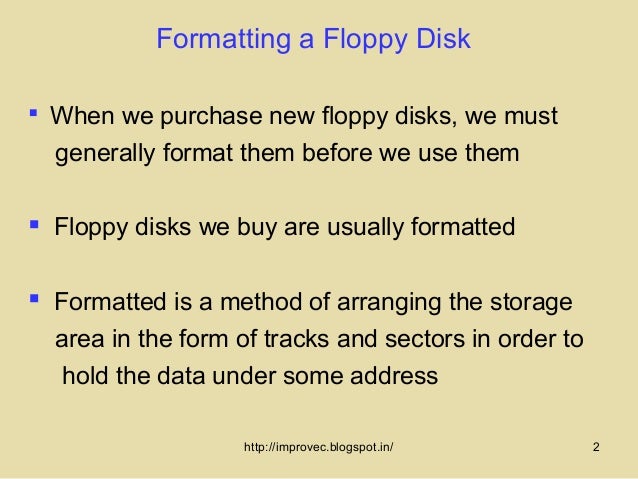

I’ve made 2 main types of boot disks, both formatted using the Hierarchical File System (HFS): Note: Starting in August 1989, Apple began equipping the SE with a SuperDrive, those systems will have a label on the front “Macintosh SE FDHD” The SE and II, likely do not, BUT both could be upgraded to support a SuperDrive, so these may support this method.The 128K, 512K, 512Ke, and Plus do NOT support this method.This method will work for the majority of 68k Macintosh computers except: Photo of the Macintosh SE FDHD label Step 1: Determine if you can use this method As I write this (late 2017), the price of these drives are in the $10 to $20 CDN range, what’s becoming expensive are the disks themselves, they are about $30 per package of 10 (these used to be closer to $3 per package of 10 or less in the 90s). If you do not have a hard drive or equivalent, there are other options such as: using a RAMDisk, a CD-ROM, or running applications off another system using Apple Share over Local Talk, or Apple Share over Ethernet.įor this post, I used an external 3.5 inch, USB 1.44MB floppy drive I picked up a few years ago when I retired the last of my “more modern” computers with a built in floppy drive. You plan to use an internal or external hard drive (or equivalent), to actually make use of your Classic 68k Mac (all versions except the Macintosh 128k support some form of external or internal hard drive).That the floppy drive in the old Macintosh you’re trying to boot hasn’t failed (common problem is the deterioration of the auto eject gears).If your 68k Macintosh does not turn on, or does not show the insert disk icon, you may need to do some repair work before you proceed. Your classic 68k Macintosh turns on, and is prompting you to insert a disk.You have a working 3.5″ USB floppy drive and some disks.Whoever is reading this knows what a 3.5 inch floppy disk is 🙂.Step 3: Creating your bootable HFS Floppy Disk.

Step 1: Determine if you can use this method.


 0 kommentar(er)
0 kommentar(er)
